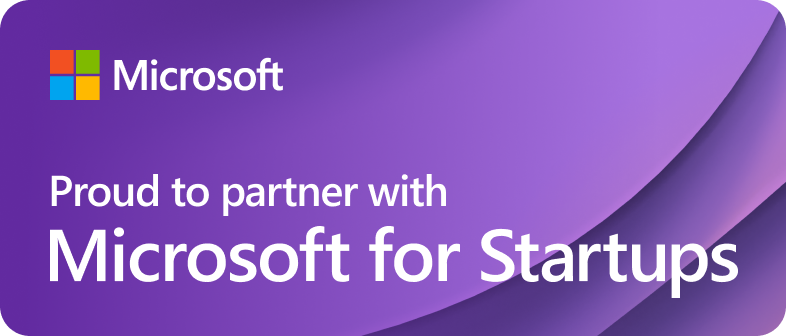Look-Alike modeling is perhaps the most popular method for growing the size of promotion sections to give publicists expanded reach. Facebook acquainted Look-Alike modeling with its foundation in 2013, and a few advertisement tech suppliers offer a form of look-alike modeling locally inside their products. In any case, as we will show in this post, Look-Alike models practically speaking frequently bring about fragile and mistaken sections. An assortment of other AI (ML) approaches — including order and elevate — quite often yields better execution than Look-Alike models. Due to these constraints, we trust Look-Alikes ought to be utilized sparingly when different strategies are inaccessible.
What are Look-Alike fragments?
As the name suggests, the objective of a Look-Alike model is to discover a group of people that “looks” like a known arrangement of clients. Making a fundamental Look-Alike fragment, by and large, includes indicating two snippets of data –
Seed Set: Which set of clients should the Look-Alike crowd be dependent on?
Section Size: How huge should the crowd be? A bigger group implies a more extensive reach, however less in general similitude to your seed set.
For instance, a publicist may utilize a bunch of 1,000 known property holders (the seed set) to assemble a crowd of people of 50,000 Look-Alikes (the portion size) who are like those mortgage holders.
Limitations of Look Like Models
Look-Alike modeling acquired popularity because of its simplicity and accessibility, yet it brings huge limitations which frequently ruin promotion execution.
Look-like modeling is usually done using a semi-regulated ML technique known as PU learning from a specialized angle. This means Look-Alike models are gotten the hang of utilizing data about clients in the seed set (for example, positive set), with no thought for clients who don’t have a place in the seed set (negative marks).
These assists make looking Like models simple to utilize — every one of the one necessities is a seed set of positive marks to construct a portion. In any case, it likewise implies that Look Like models are inclined to inclination in case you’re not cautious about how you characterize your section. In particular, a Look-Alike model will look for any attribute shared by clients in the seed set, regardless of whether that characteristic isn’t attractive to that set.
To outline, how about we think about a model. Say a business bank has recently dispatched another business credits item and might want to publicize toward a fragment of 10k entrepreneurs (SBOs) on our site. Here’s the data we have available to us
- There are 1m, dynamic clients on the site.
- Of these 1m clients, 100k have enlisted a profile and indicated their work title during enrollment.
- Of these 100k clients, 2k demonstrated that they were entrepreneurs (SBOs)
Other ML-based methodologies can help bypass these limitations of Look-Alike modeling, prompting better mission results. Among these methodologies are Classification, Conversion Predictions, and Uplift, which we will stroll through in the rest of this article.
Elective #1: Classification
Characterization is a typical kind of Machine Learning which looks to separate two gatherings of data: a positive set and a negative set. Applied to a publicizing setting, Classification is like look-like in that it will probably foresee which clients are like a seed fragment. In any case, by gaining from information about both who is and who isn’t around there, Classification generally prompts better outcomes.
We should get back to our model above, including a bank publicizing to SBOs. Look-Alike modeling was deficient because our seed set contained a personal quality as enrolled clients. This quality ended up being the prevailing variable as far as what joins the conduct of the seed set, so a lot more fragile sign identified with private company possession was disregarded.
Let’s assume we instead utilize a characterization model –
Positive set: enrolled clients with work titles equivalent to “entrepreneurs.”
Negative group: enlisted clients with work titles not equal to “entrepreneurs.”
By including data about other enrolled clients who we know are not SBOs, we power the model to separate clients dependent on the pertinent factor: would they say they will probably be entrepreneurs? The two sets contain enrolled clients, so the model can’t just depend on the conduct of enlisted versus unregistered clients to separate the two gatherings.
Elective #2: Conversion Predictions
The arrangement can help improve the nature of your promotion fragments, yet they leave the opportunity to get better. Specifically, the objective with an advertisement is frequently to drive specific client conduct, which an arrangement model dependent on client qualities doesn’t straightforwardly advance for. Social forecasts help address this hole, empowering you to focus on a mission toward the clients destined to make a specific move —, for example, drawing in with the promotion or changing over further down the business channel. This system is especially compelling given the ascent of pay-per-snap and pay-per-change publicizing lately.
To outline these forecasts in real terms, suppose that the business bank presently needs to run another promotion advanced toward clicks to assemble prospective customers. A portion of likely SBOs might be a respectable intermediary for the individuals who are keen on tapping on the advertisement. However, it’s not great — there will be some SBOs who aren’t on the lookout for a credit. Other people who aren’t presently SBOs yet are thinking about beginning a business and might be keen on getting familiar with the bank’s advance item. Straightforwardly foreseeing which clients are probably going to tap on the advertisement can help evade these issues.
Elective #3: Uplift Predictions
If the bank’s ultimate objective is to impact downstream client conduct instead of drive clicks, Uplift expectations may demonstrate much more compelling. Elevate modeling is intended to foresee how every client will probably react to a specific mediation — say, a focused on promotion. Indeed, even among clients liable to click, the impact of the advertisement (regarding probability to apply for a line of credit) may change across various clients. For a few, the ad may convince them to purchase. For other people, it may have no impact. Others actually may leave away with a more regrettable impression of the bank and its products and will be more averse to apply for a new line of credit later on. Elevate can help distinguish these associates to ensure that the promotion is focused on just those clients to help drive gradual exchanges.
Conclusion
The very much proclaimed end of outsider treats makes extra goals for organizations to use the force of their first gathering data completely. Fortunately, the promotion tech industry keeps on encountering a decent arrangement of data-related advancement. Specifically, Machine Learning innovation has assisted promoters with making efforts that are more focused on and more wide-coming than any time in recent memory. Most organizations are presently acquainted with Look-Alike modeling. However and by other ML strategies regularly yield better outcomes. By joining further developed ML strategies with extraordinary first gathering data, associations can offer premium advertisement products separated on the lookout.
We Ahdus technology can develop automated digital marketing solutions for improving ad segments to generate better leads. We can capture a local audience for you which are related to business and through data science we can mold them and reach the customer base. It will be helpful for small businesses and enterprises. generating customers will automatically generate the value of customers. the wait is over you can contact us now for your solutions to any problems.


